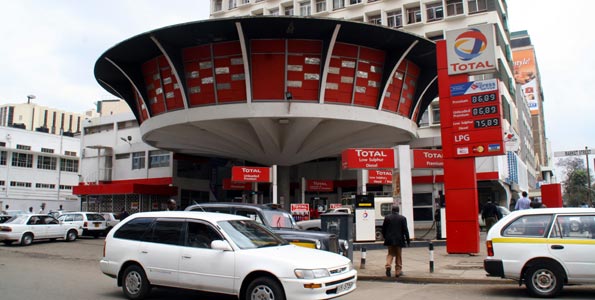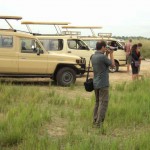
At Independence, Nebbi was part of the then west Nile District. In 1974, West Nile District was divided into North Nile, Central Nile and South Nile Districts. South Nile became Nebbi District in 1980.
LOCATION
Nebbi borders the district of Arua n the north, Gulu in the East, Masindi and Lake Albert in the south and the Democratic Republic of Congo in the West.
POPULATION
The district has over 433,466 people. 226,044 females and 207,422 Males
MAIN LANGUAGES;
Alur and Joham
ECONOMIC ACTIVITIES
Agriculture with main emphasis on food crops such as millet, potatoes, beans, and cassava. Cash crops include Coffee, Cotton and sugar cane. Fruits and vegetables include Tomatoes, paw paws, avocados, mangoes, oranges, lime, onions and cabbages. There is also fishing on the River Nile.
BANKS;
Stanbic Bank Ltd
EDUCATION SERVICES
The district has a total of 218 primary schools with 201 government, 3 private and 14 community schools. For secondary schools, the district has over 21 schools, 9 are government, 3 private and 9 community.
There is 1 Technical Institution and 1 Teacher training college.
HEALTH SERVICES
The district has 18 Government dispensaries (II), 11 health centres (III) at county, 1 health centre (IV) at sub-district and 1 hospital. More so, it has 5 private/NGO dispensaries, 25 clinics, 7 health centres (III) and a Government District hospital-Nebbi Hospital with 108 beds, Uganda Catholic Medical Bureau-Angal Hospital with 234 beds and Nyapea Hospital with 121 beds.
TRANSPORT NETWORK
The district has a poor transport network which has a great hindrance eon the transportation of Agricultural products.
TOURIST ATTRACTIONS
The district does not have a strong tourism base although the River Nile is a potential attraction.

 Posted in
Posted in 

